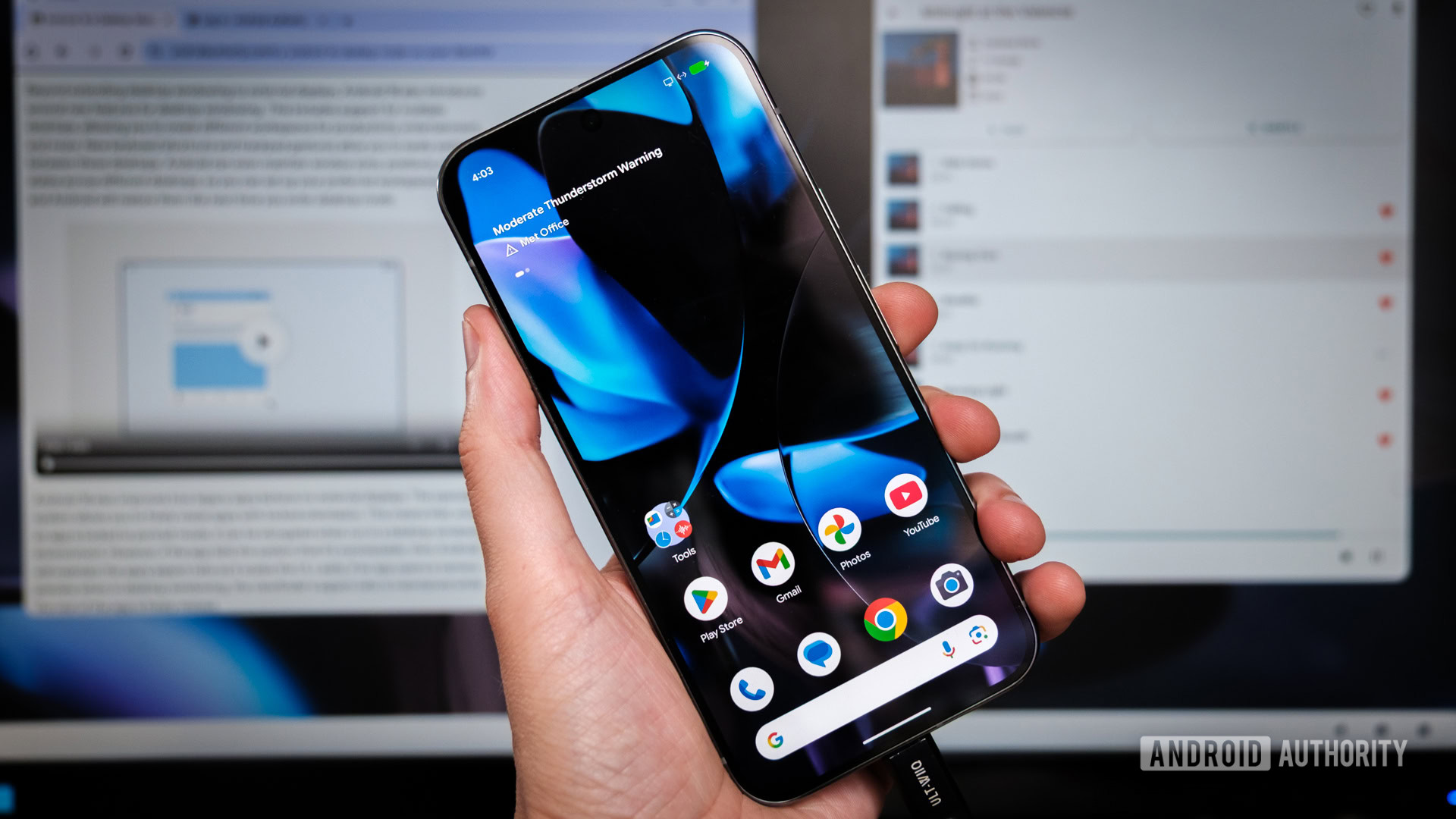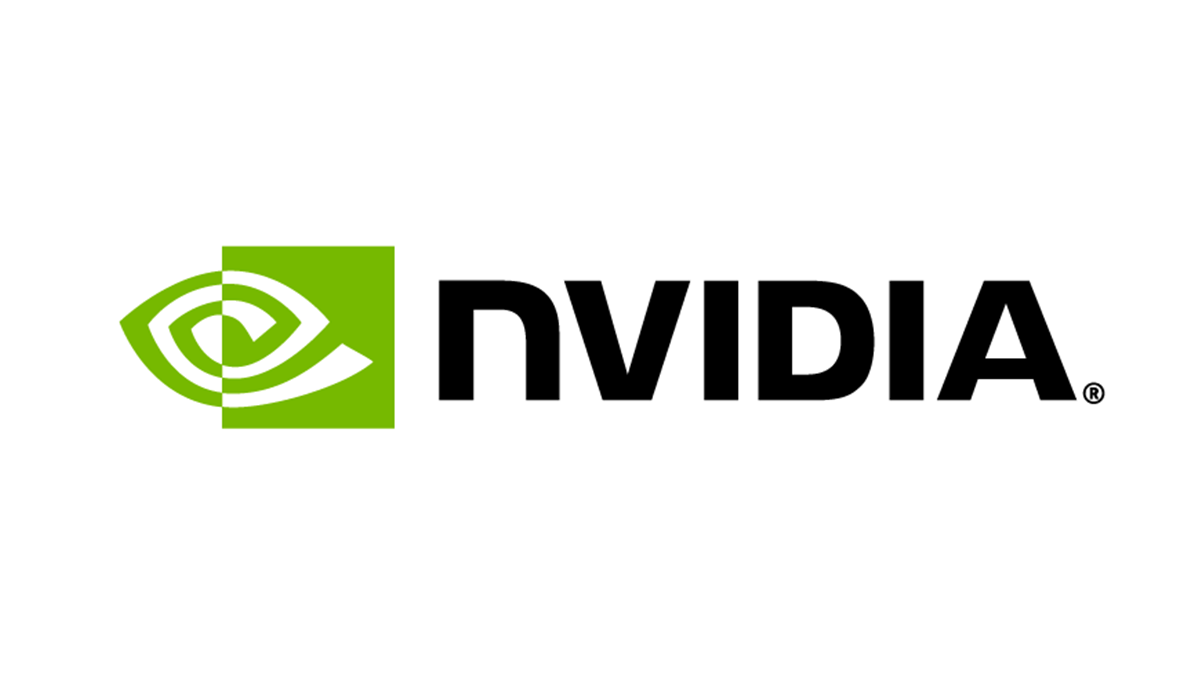OPINION: Once a brilliant and innovative smart home company, pioneering proper smart thermostats and smoke detectors, Nest is now just a shadow of its former self, as Google continues to degrade the brand and reduce the number of products available.
In the last couple of months, Google has further devalued the Nest brand by stopping additional products. It started at the end of March when Google pulled the plug on its Nest Protect Smart Smoke and CO Alarm.
Stock will be available until it sells out, and products will be supported for their life (10 years from the manufacture date), but it’s effectively game over.
(Welcome to Smarter Life, our new weekly column from smart home tech expert David Ludlow. Each week, we will delve into the smart home world, past and present, analysing the biggest products and how they affect our lives.)
Nest un-protected

Google hasn’t specifically said why it’s discontinuing the product, but just wrote in a blog post, “Nest Protect’s legacy continues in our partnership with First Alert to make the next generation of alarms that seamlessly integrate with your existing devices.”
According to Google, First Alert (owned by Resideo, which also owns Honeywell) will soon sell a Smart Smoke & Carbon Monoxide alarm that will integrate with existing Nest Protect devices. This device will be available in the US and Canada, but there’s no mention of its availability here in the UK.
To make things worse, the new devices will work in the Google Home app, which is something that I’ve abandoned unless I really have to use it for review purposes.
It’s a massive shame, as the Nest Protect was one of the best smart smoke alarms. The main issue was that Google didn’t develop the product further (the current version was released in 2015), and didn’t expand the system with carbon monoxide or heat alarms, so the system is unsuitable where building regulations require alarms to be in every room.
There are other smart interconnected smoke alarm systems, but they don’t quite have the polish that the Nest Protect did.
Turning the heat down
The Nest Thermostat was (and is) a beautifully designed smart thermostat. Nest’s co-founder Tony Fadell had the idea for the thermostat when building a vacation home, finding that the current products didn’t do what he wanted.
In fact, I use a Nest Thermostat (3rd Gen) in a rental home because it’s so well designed for that job: it’s robust, it’s mains powered (no batteries to run out), it’s easy to control, and you set minimum and maximum temperature levels that guests can use.


Coming 25 October, Nest 1st gen and 2nd gen users will find that their smart thermostats will no longer offer remote control (via the Nest or Google Home apps), and will only work locally. And for all of us in Europe, you can wave goodbye to any new products (such as the Nest 4th gen) as Google won’t sell them here, citing the challenges of Europe’s ‘unique’ heating systems.
Nest 3rd Gen (a 2015 product) and Nest Thermostat E (a 2018 product) will continue to get updates for now and still have remote control, but who knows how long that will last? I’m already planning on ditching my Nest Thermostat in the near future.
Decline and fall
These aren’t the first products that Google has ditched: the Nest Secure alarm system, which never launched in the UK, was killed off in 2020 after just three years. The Nest X Yale smart lock (US only) has also been discontinued, and will be sold while stocks remain available. Would I buy one, even if it were really cheap? No, I wouldn’t risk it, and would buy a smart lock from a different company, such as Nuki.
Even with products that are still on sale, such as the Nest Doorbell (battery) and Nest Doorbell (), the products are now old in tech terms and don’t seem to have new versions coming. Nor do the Nest smart speakers.


There’s an argument against yearly iterative versions of a product, but a complete lack of innovation the other way seems a step too far.
Of course, it doesn’t help that Google completely ruined Nest by forcing everyone to move to a Google Account and trying to shove everything into the awful Google Home app. When the Nest accounts were killed off, I was forced to migrate to a Google one.
I have a personal, paid-for Google Workspace account, but that’s not good enough for the smart home products, so I had to create a brand-new free Google account, just for my smart devices.
The problem with Nest products is that they’re not as good in the Google Home app as they were in the Nest app. Where the Nest app was slick and focused, the Google Home app is slow and ponderous. And, Google Home often can’t do something useful with Nest devices.
Want an automation that will turn on your Hue lights when a Nest Protect alarm goes off? Tough. This could be done automatically with Works with Nest, but Google killed that off. While the Nest Protect is available in the Google Home app, you can only trigger an automation to start when the Protect either ‘Starts or stops charging’ or is ‘Plugged in or unplugged’. I can’t think of anything more useless.
Use a different smart home platform
There was a time when my home had Nest Mini and Nest Hub devices all around, and I actively used them with Google Home for my smart home automation, primarily because I was heavily invested in Nest products, including the cameras.
As Google has slowly ruined each Nest product, the need to put up with Google Home has diminished to the point where I only use Google Home and a Nest Mini or Nest Hub if I have to when I’m reviewing a product. Outside of that, the Nest smart speakers are consigned to a drawer.
Google’s treatment of Nest pointed me towards Ring. While Ring was bought by a big tech company, Amazon has looked after its purchase, developing and releasing new products, and continuing to support old ones, while maintaining and improving the dedicated app.
When it comes to automation and voice control, there are a tonne of better choices: Amazon Alexa and the Echo devices remain the best overall for compatibility, ease of use and range of device support; Apple Home is genuinely brilliantly simple to use and handles lots of my day-to-day automations; Homey is growing in strength since LG bought an 80% stake in the company, with its Homey Pro hub offer incredibly powerful automations for those that want to get their hands dirty. Then, there’s SmartThings, which has plenty to offer, particularly if you have Samsung appliances, and those who want to go a bit more homebrew have Home Assistant, which is growing in popularity and device support.
When it comes to the smart home, so many rivals seem to care about their products and future development that Google is starting to feel as irrelevant as the Nest products it has killed off.











